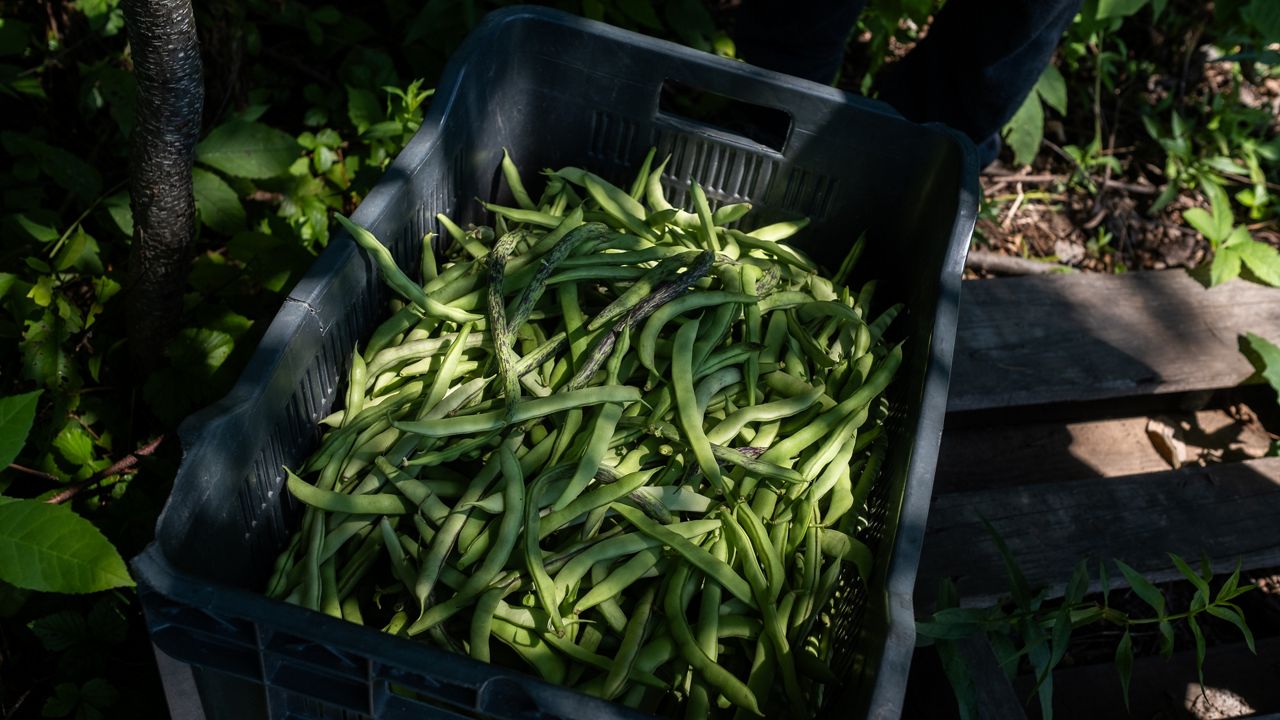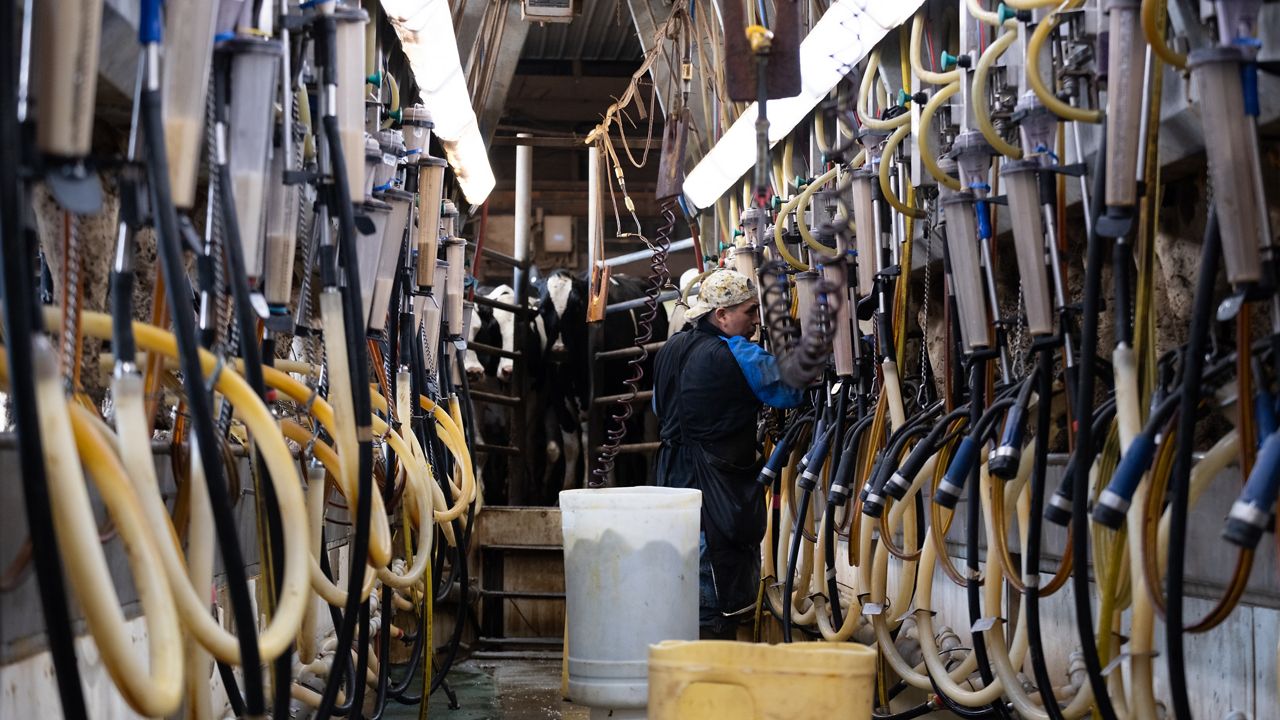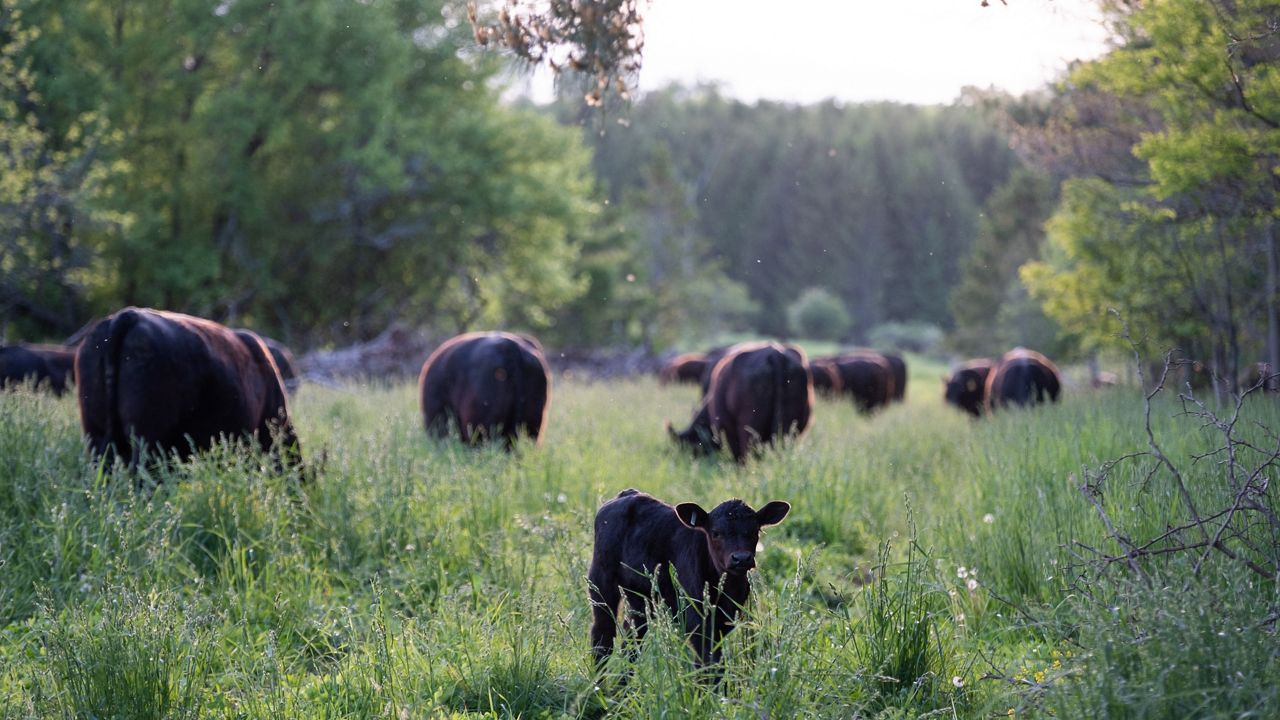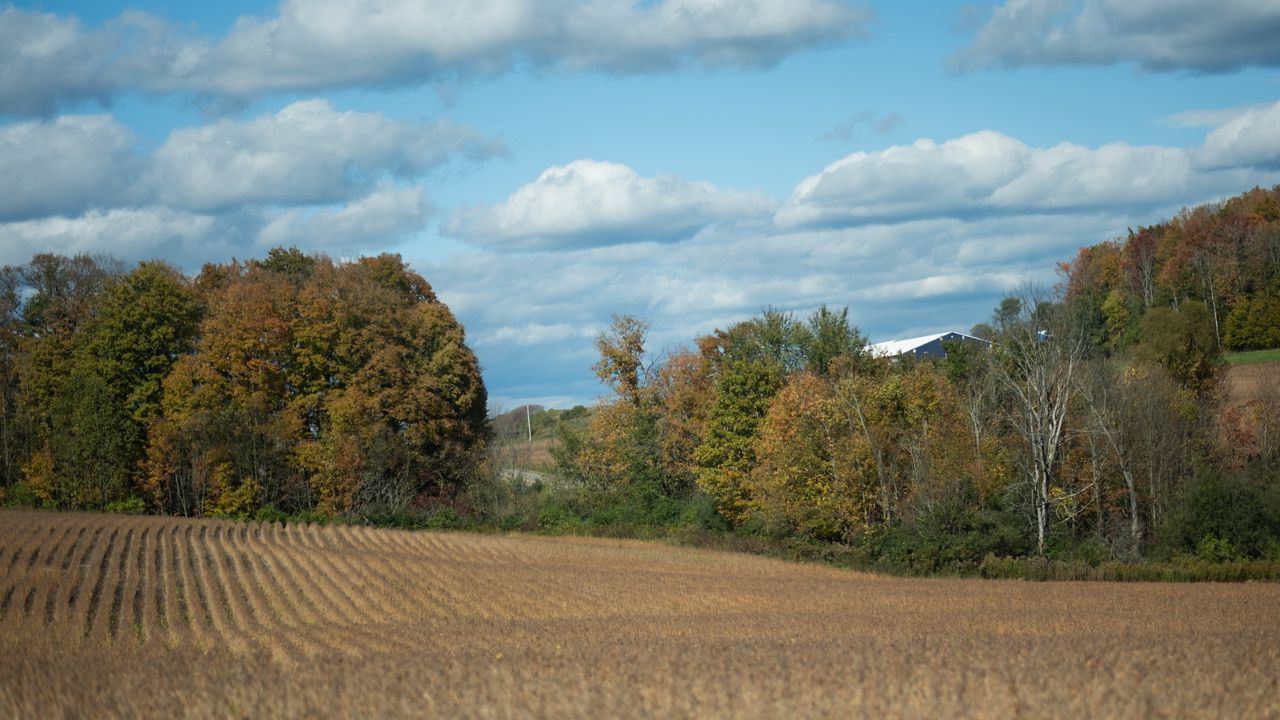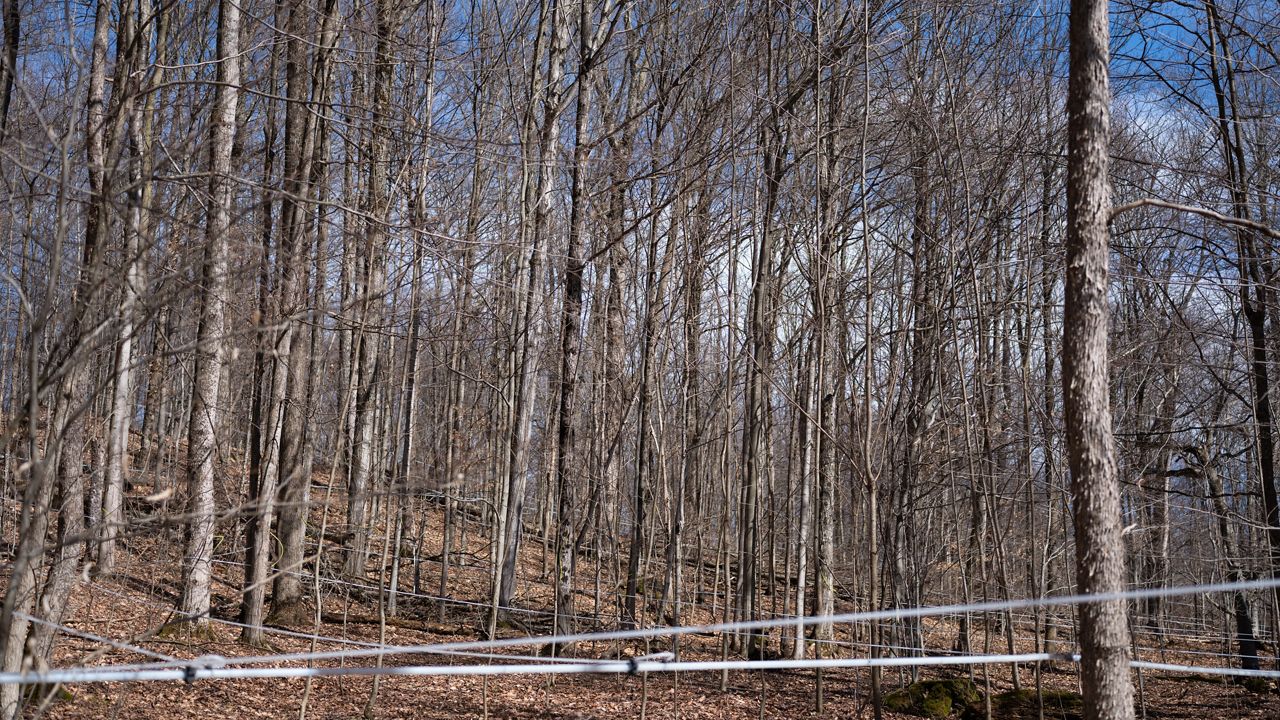Research from Cornell University found increased gardening, hunting, foraging and fishing throughout the pandemic, however, respondents had a higher-than-average income.
Now, a Syracuse group is working to find ways to improve access to home-produced foods.
The survey, conducted in the fall of 2020 and released last month, was meant to understand the pandemic’s impact on how people use wild foods and their backyards for food production, said one of the authors, Kathryn Fiorella.
“At the time when the pandemic effects were really widespread in terms of people’s concerns, there were [items out of stock] at the supermarket, and things like tomato cages and seeds were sold out. We were hearing reports of hunting and fishing licenses being at a record level,” she said.
There were 505 people throughout New York that participated in the online survey that measured the frequency and motivation for engaging in hunting, fishing, gardening, and producing food at home.
“What we found was that respondents really reported increasing their engagement with these activities, so 39.6% to 45.7% of them said that they were producing these foods a little or a lot more,” Fiorella said.
It was found that 4% to 14% were doing these activities for the first time and that the motivations were to have more control over food availability due to changes in the food system.
“Most people were consuming foods they produced, and they’re consuming substantial quantities of these foods,” Fiorella said. “About half of them were meeting the daily requirement for fruits and vegetables with food that they were producing.”
Notably, 47.3% of respondents were found to have a household income higher than $75,000.
“Compared to New York state, our population skewed a little wealthier, but there were a substantial number of people who were making less than $50,000 a year. So it wasn’t that everyone we talked to, but I do think that a factor for these activities is that substantial startup costs are required,” Fiorella said.
The income value doesn’t take into consideration the use of SNAP, WIC, food pantries or any other food assistance, which increased from 2019 to after the COVID-19 outbreak. Thirty-seven percent of respondents used some form of food assistance after the beginning of the pandemic.
Avalon Gupta VerWiebe, the equity, inclusion and engagement coordinator for Syracuse-Onondaga Food Systems Alliance said that there are a few factors that explain why producing food may be more common for those with a higher income.
“If you are a renter, a lot of landlords don’t approve backyard gardening or if you are living in an apartment that doesn’t have any land access, you don’t have a front yard to a backyard, so there is nowhere for you to practice at home gardening,” Gupta VerWiebe said.
Another is the cost of gardening materials, she said.
“It is an investment to make. You have to be willing to invest the time in maintaining that garden, invest some knowledge, which there are affordable places to find that knowledge, but even taking the time off of work to go to a class, workshop or demonstration, that can be challenging,” Gupta VerWiebe said.
One way community members can get into home gardening is by finding a plot at a community garden. As a renter herself without access to a yard, Gupta VerWiebe has a plot in the Westcott Community Garden.
“A plot at the community garden costs $20 per season and that comes with a bed that’s already prepped with soil, and then I buy my seeds,” she said. “I didn’t buy tomatoes all season, but I was able to cook with them two to three times a week with the product from my plot.”
SOFSA is preparing to launch an urban agriculture working group in partnership with other groups like Syracuse Grows, an organization that supports community gardens in the city, to learn more about what community members need to improve access to gardening and food as a whole.
“The goal is that we will really be able to identify what the needs are in our Syracuse community around urban agriculture, home gardening and find different ways to support those needs and get resources where they need to go,” Gupta VerWiebe said.





